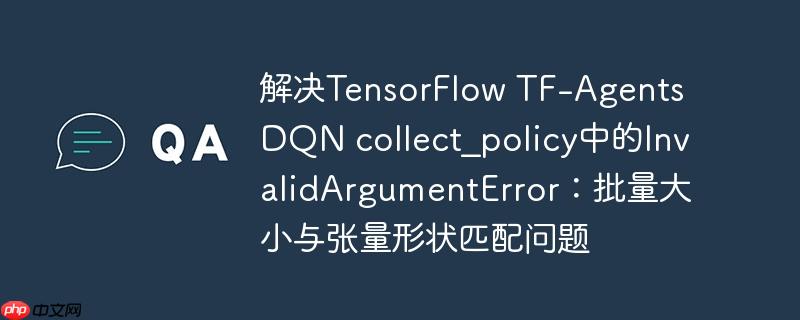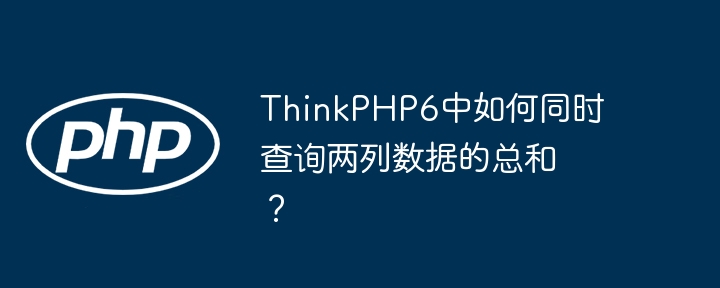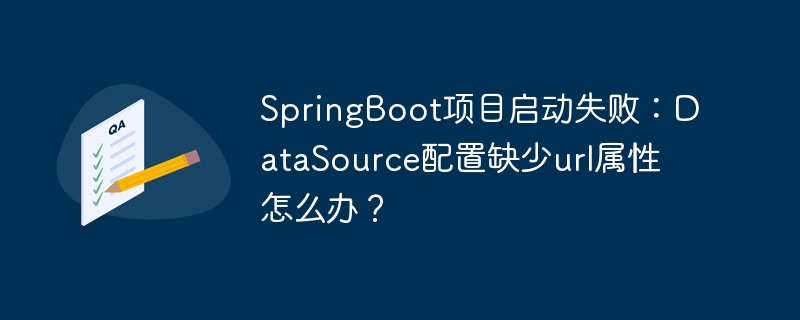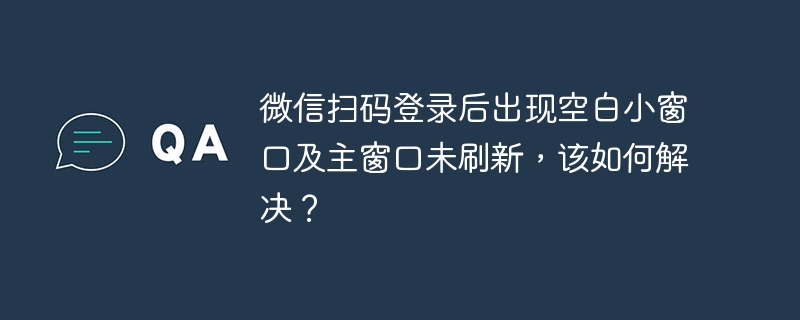
本文旨在解决tensorflow TF-Agents中DQN代理调用collect_policy时遇到的InvalidArgumentError,该错误通常表现为“’then’ and ‘else’ must have the same size. but received: [1] vs. []”。核心问题在于TimeStepSpec中张量形状的定义与实际TimeStep张量创建时批量维度处理不一致,特别是当批量大小为1时。文章将详细阐述错误原因,并提供正确的TimeStepSpec和TimeStep张量构建方法,以确保形状匹配,从而顺利执行策略。
问题描述
在使用tensorflow tf-agents库构建dqn代理时,开发者可能会遇到一个常见的invalidargumenterror,尤其是在调用agent.collect_policy.action(time_step)方法时。完整的错误信息通常包含{{function_node __wrapped__select_device_…}} ‘then’ and ‘else’ must have the same size. but received: [1] vs. [] [op:select] name:。这个错误表明tensorflow内部的条件操作(如tf.where)在执行时,其“then”分支和“else”分支产生的张量形状不一致。有趣的是,通常agent.policy.action(time_step)可以正常工作,而collect_policy则会触发此错误。
错误根源分析:张量形状与批量处理
tf_agents库中的策略,特别是collect_policy(通常包含探索行为,如epsilon-greedy),在内部会使用条件逻辑来决定是执行探索性动作还是利用性动作。这些条件逻辑通常通过tf.where或tf.compat.v1.where等操作实现。tf.where要求其条件、真值(then)和假值(else)张量在广播后具有兼容的形状。当出现[1] vs. []的错误时,意味着其中一个分支的输出张量形状是[1](一个包含单个元素的1维张量),而另一个分支的输出张量形状是[](一个标量)。
问题的核心在于对TimeStepSpec中张量形状的理解以及如何构建实际的TimeStep张量。
- TimeStepSpec的形状定义: tf_agents.specs.tensor_spec.TensorSpec或BoundedTensorSpec在定义时,其shape参数应指定单个样本的形状,而不包含批量维度。例如,如果奖励是一个标量,其TensorSpec的形状应该是(),表示一个零维张量(标量)。
- 实际TimeStep张量的形状: 当你创建tf_agents.trajectories.time_step.TimeStep实例并传入实际的TensorFlow张量时,这些张量必须包含批量维度。即使你的批量大小为1,也需要显式地表示这个批量维度。例如,对于一个标量奖励值,如果批量大小为1,那么传入的张量形状应该是(1,),表示一个包含一个元素的1维张量。
错误发生的原因是,collect_policy在处理epsilon_greedy等逻辑时,可能根据TimeStepSpec的定义(例如shape=())期望得到一个标量,但实际传入的张量(例如tf.convert_to_tensor([reward], dtype=tf.float32))却带有一个批量维度(shape=(1,))。这种不一致性导致内部的条件操作无法正确匹配“then”和“else”分支的形状。
解决方案:正确定义 TimeStepSpec 与 TimeStep 张量形状
解决此问题的关键在于确保TimeStepSpec中定义的形状与实际TimeStep张量中每个元素的形状相匹配,同时正确处理实际张量的批量维度。
1. TimeStepSpec的定义: 对于step_type、reward、discount等每个时间步只有一个标量值的字段,它们的TensorSpec形状应该定义为shape=(),表示它们是标量。对于observation,其shape应定义为单个观测值的形状,同样不包含批量维度。
import tensorflow as tf from tf_agents.specs import tensor_spec from tf_agents.trajectories import time_step as ts from tf_agents.agents.dqn import dqn_agent from tf_agents.utils import common # 假设的Q网络模型(为完整示例提供) class SimpleQNetwork(tf.keras.Model): def __init__(self, observation_spec, action_spec): super().__init__() self._action_spec = action_spec num_actions = action_spec.maximum - action_spec.minimum + 1 self.dense1 = tf.keras.layers.Dense(64, activation='relu') self.dense2 = tf.keras.layers.Dense(num_actions) def call(self, observation, step_type=None, network_state=()): # 确保Q网络能够处理输入的observation形状 # 如果observation_spec是 (1, amountMachines),实际输入可能是 (batch_size, 1, amountMachines) if observation.shape.rank > len(self.input_spec.observation.shape): # 移除多余的维度,例如 (batch_size, 1, obs_dim) -> (batch_size, obs_dim) observation = tf.squeeze(observation, axis=1) x = self.dense1(tf.cast(observation, tf.float32)) q_values = self.dense2(x) return q_values, network_state # 定义环境规格 (TimeStepSpec) discount = 0.95 reward_val = 0.0 learning_rate = 1e-3 amountMachines = 6 # 示例观测维度 time_step_spec = ts.TimeStep( # step_type, reward, discount 都是每个时间步的标量,因此 shape=() step_type=tensor_spec.BoundedTensorSpec(shape=(), dtype=tf.int32, minimum=0, maximum=2), reward=tensor_spec.TensorSpec(shape=(), dtype=tf.float32), discount=tensor_spec.TensorSpec(shape=(), dtype=tf.float32), # observation 的 shape 是单个观测值的形状,不包含批量维度 observation=tensor_spec.TensorSpec(shape=(1, amountMachines), dtype=tf.int32) ) num_possible_actions = 729 action_spec = tensor_spec.BoundedTensorSpec( shape=(), dtype=tf.int32, minimum=0, maximum=num_possible_actions - 1) # 初始化 DQN Agent optimizer = tf.keras.optimizers.Adam(learning_rate=learning_rate) train_step_counter = tf.Variable(0) model = SimpleQNetwork(time_step_spec.observation, action_spec) agent = dqn_agent.DqnAgent( time_step_spec, action_spec, q_network=model, optimizer=optimizer, epsilon_greedy=1.0, td_errors_loss_fn=common.element_wise_squared_loss, train_step_counter=train_step_counter) agent.initialize()
2. TimeStep实例的创建: 在创建实际的TimeStep实例时,所有张量都必须包含批量维度。对于那些在TimeStepSpec中定义为shape=()的字段,当批量大小为1时,你需要将它们转换为形状为(1,)的TensorFlow张量。这通常通过将值放入一个列表中,然后使用tf.convert_to_tensor来实现。
# 模拟环境状态获取函数 def get_states(): # 假设返回一个形状为 (amountMachines,) 的 NumPy 数组或 Tensor return tf.constant([4, 4, 4, 4, 4, 6], dtype=tf.int32) # 获取当前状态并添加批量维度 current_state = get_states() # 示例输出: tf.Tensor([4 4 4 4 4 6], shape=(6,), dtype=int32) current_state_batch = tf.expand_dims(current_state, axis=0) # 形状变为 (1, 6) # 示例标量值 step_type_val = 0 reward_val = 0.0 discount_val = 0.95 # 创建 TimeStep 实例 # 注意:对于标量值,即使批量大小为1,也需要包装成 [value] 以创建形状为 (1,) 的张量 time_step = ts.TimeStep( step_type=tf.convert_to_tensor([step_type_val], dtype=tf.int32), # 形状 (1,) reward=tf.convert_to_tensor([reward_val], dtype=tf.float32), # 形状 (1,) discount=tf.convert_to_tensor([discount_val], dtype=tf.float32), # 形状 (1,) observation=current_state_batch # 形状 (1, 6) ) print(f"TimeStep created with shapes:") print(f" step_type: {time_step.step_type.shape}") print(f" reward: {time_step.reward.shape}") print(f" discount: {time_step.discount.shape}") print(f" observation: {time_step.observation.shape}") # 调用 collect_policy action_step = agent.collect_policy.action(time_step) print(f"Action Step: {action_step.action}")
通过上述修正,TimeStepSpec正确地定义了单个样本的形状,而实际传入collect_policy的TimeStep张量则包含了明确的批量维度,即使批量大小为1。这样,内部的条件操作就能匹配其“then”和“else”分支的形状,从而避免InvalidArgumentError。
注意事项与最佳实践
- 理解TensorSpec与实际张量形状的区别: TensorSpec定义的是张量中单个元素的预期形状(即去除批量维度后的形状)。而实际在运行时传递给模型或策略的TensorFlow张量,总是包含一个最外层的批量维度。即使批量大小为1,这个维度也必须存在。
- 批量大小为1时的特殊处理: 这是最容易出错的地方。对于标量(shape=())的TensorSpec,实际传入的张量形状应为(1,)。对于非标量(如观测值shape=(1, amountMachines)),实际传入的张量形状应为(batch_size, 1, amountMachines),当batch_size=1时,即(1, 1, amountMachines)。请注意,原始问题中observation的TensorSpec定义为shape=(1, amountMachines),这表明其单个观测值本身就带有一个维度。因此,实际的observation张量在批量大小为1时,形状会是(1, 1, amountMachines)。我的示例代码中current_state_batch = tf.expand_dims(current_state, axis=0)将[4,4,4,4,4,6](shape (6,))转换为current_state_batch(shape (1, 6))。如果TimeStepSpec的observation是shape=(6,),那么current_state_batch的形状(1, 6)就正确匹配了。如果TimeStepSpec的observation是shape=(1,6),那么current_state_batch的形状(1, 6)是正确的,但QNetwork的输入可能需要调整。示例中的SimpleQNetwork已包含对这种形状调整的考虑。
- 调试形状问题: 当遇到类似的形状错误时,仔细检查time_step_spec中每个字段的shape定义,以及实际time_step实例中对应张量的shape属性。确保它们之间的逻辑关系正确:time_step.field.shape应该等于(batch_size,) + time_step_spec.field.shape。
- 一致性是关键: 在整个强化学习流水线中,从环境定义、代理初始化到数据收集和训练,所有涉及到张量形状的地方都必须保持一致性。
总结
InvalidArgumentError: ‘then’ and ‘else’ must have the same size. [1] vs. []是tf_agents中一个常见的形状匹配问题,尤其是在处理批量大小为1的场景时。通过精确定义TimeStepSpec中每个元素的形状(不包含批量维度),并在创建实际TimeStep张量时始终包含明确的批量维度(即使批量大小为1),可以有效解决此问题。理解TensorSpec和实际张量形状之间的区别是成功构建和调试tf_agents强化学习系统的重要一步。



















